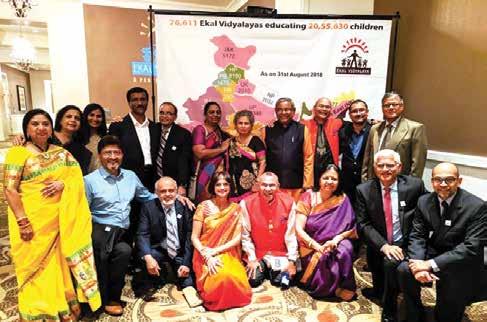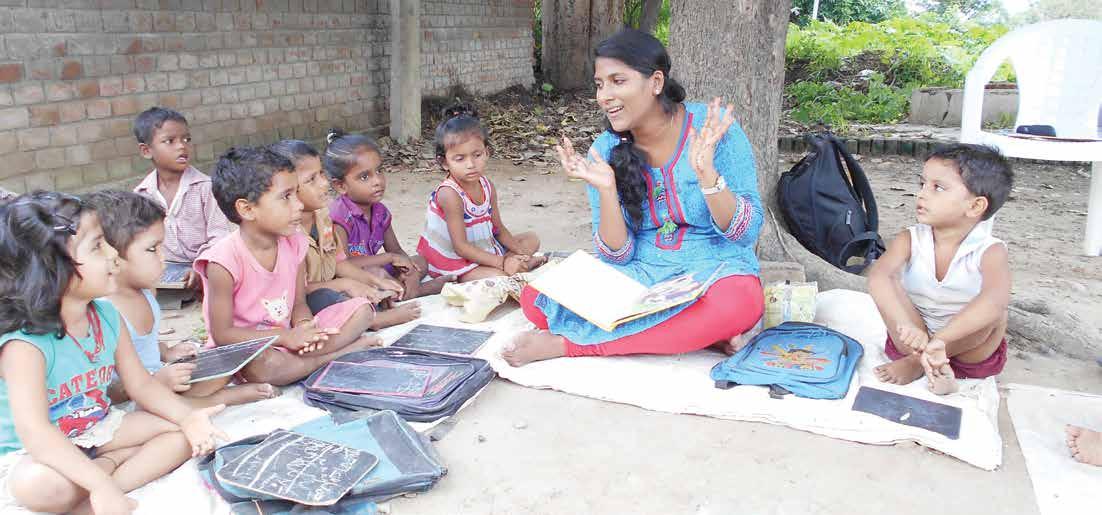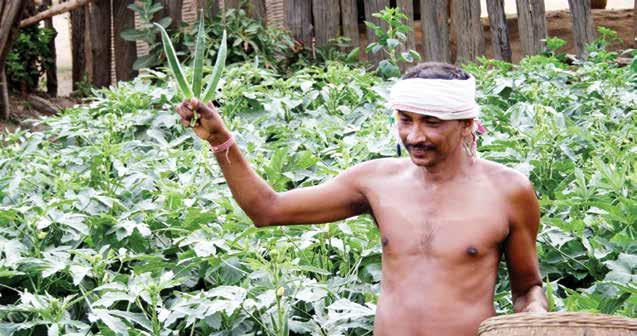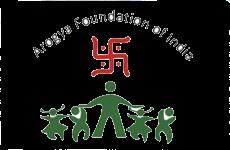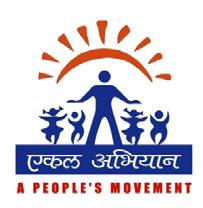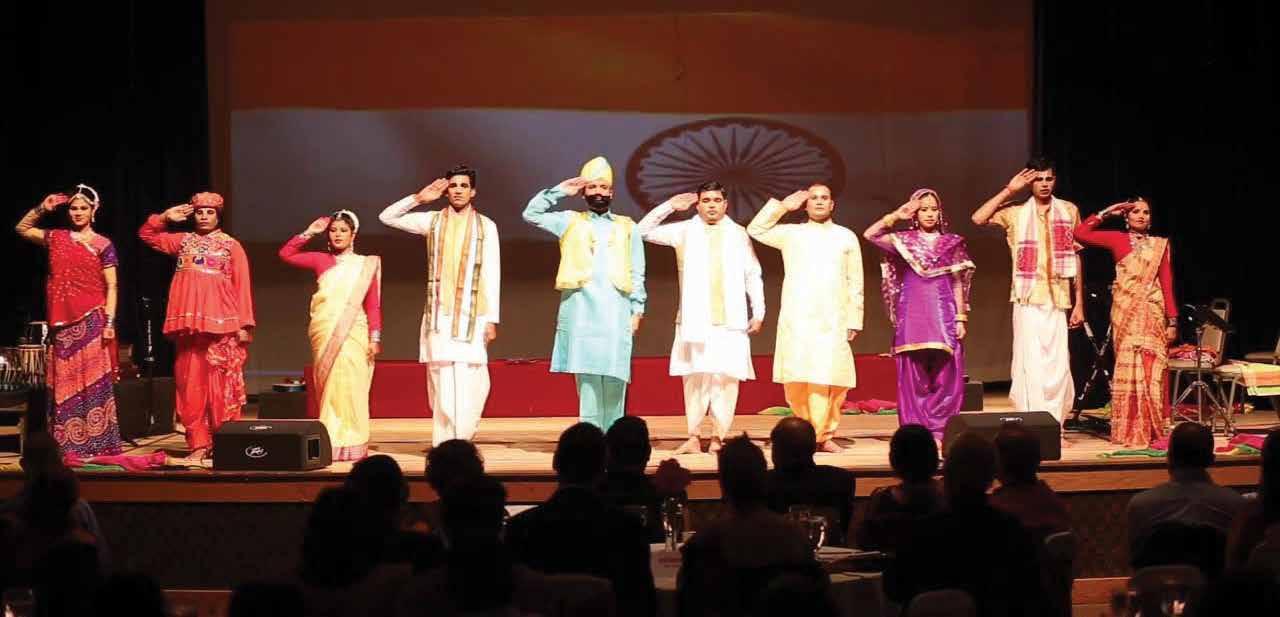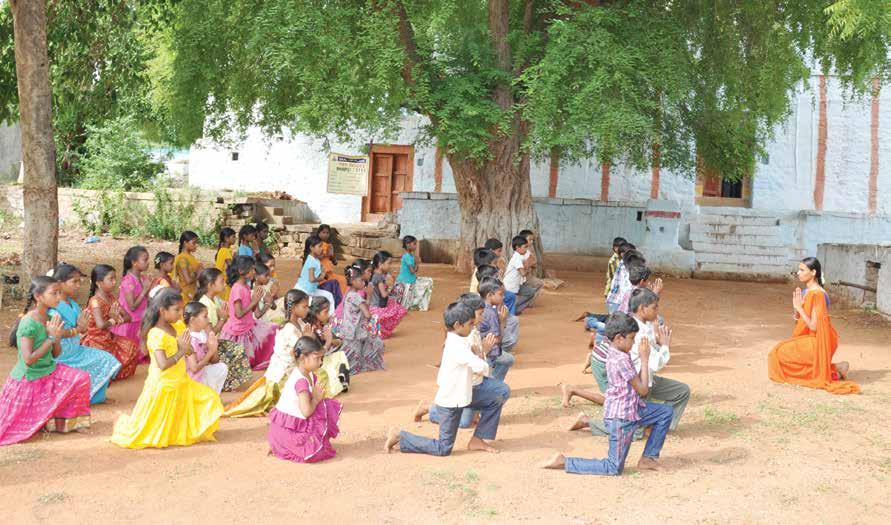
5 minute read
Bharat Lok Shiksha Parishad
Bharat Lok ShikSha PariShad
www.blspindia.org
Advertisement
B
harat Lok Shiksha Parishad, one of the organizations under Ekal Abhiyan runs Ekal Vidyalayas in rural & tribal area of India. It is dedicated to the noble cause of imparting basic functional education through Ekal Vidyalaya Yojna. Currently BLSP is running 19140 vidyalayas successfully in area of UP, Himachal Pradesh, Uttrakhand and Jammu & Kashmir states.
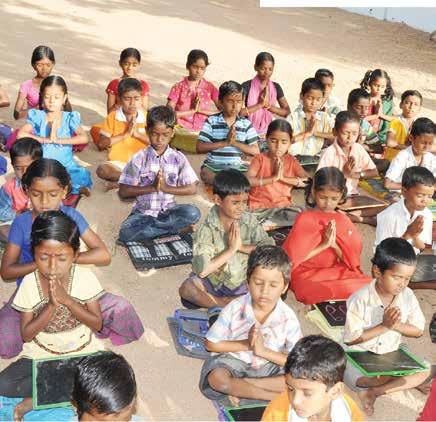
• Realize the untapped potential of Rural and Tribal India which has waited for long to emerge and flourish. • Come forth empowered socially and economically as the New Face of
India. • BLSP is committed for bringing them in to the main stream of national progress and bridging the Gap and minimize the disparity between urban and rural society. • Bharat Lok Shiksha Parishad (BLSP) is a non – Government, non profit service organization dedicated for bringing Education and village development to Rural / Tribal India.
OUR VISION
Empowerment of crores of Tribals and Rural brethren of Bharat, by making them socially strong, educationally aware, economically vibrant and self-reliant so that with their involvement Mother Bharat reaches the pinnacle of glory.
No more will a patch here or a patch there will do. The need of hour is a People’s Movement for a New Education, not for a few but for all.”

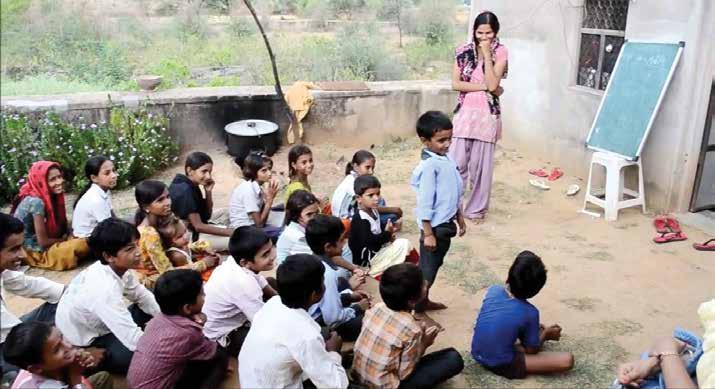
Bharat Lok ShikSha PariShad
• One Teacher, One
School, One Village • 25 to 30 Students. 6 to 14 years • Flexible 3hrs school timing • Learning with the help of Books, crafts and games
While India is making giant advances in software, space and nuclear power, it is paradoxically still struggling with basic literacy for a large segment of its population. At the time of independence India’s literacy rate was a staggering 11%. Since then, it has made tremendous strides in educating its people. According to 2011 census, the literacy rate has grown to 74.4%; however, this figure is still below the world average literacy rate of 84%. The RGI census data states that though the gap between the literacy rate in urban and rural areas is steadily declining, the divide still exists. The literacy rate among the urban population is 84.1%, while the literacy rate of the rural population is only 67.8%. The tribal/rural inhabitants live in remote areas far from major cities. They are often unreachable by road and untouched by electricity, causing them to be neglected by development agencies. Hence the Ekal Vidyalaya Movement emerged as the most pragmatic solution to this national feed.
To date, Ekal Vidyalaya is a movement of over 91035 teachers, 9434 voluntary workers, 10 field organization (throughout 25 Indian states), and 8 support agencies. It operates in over 91035 schools and educates approx 2.50 million children. Apart from its goal of achieving the national standards of Minimum Levels of Learning, Ekal Vidyalaya seeks to empower the village community for its own self-development through five verticals of Functional Education, Health care Education, Development Education, Empowerment Education and Ethics & value Education. Ekal Vidyalaya is the key to this Movement’s remarkable success.
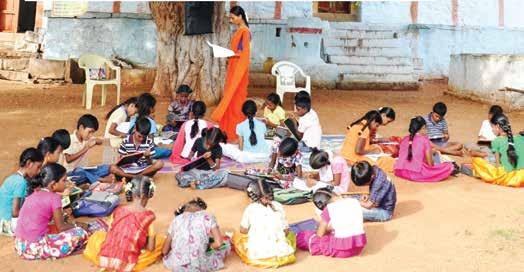
In late 1980s during the period of Ekal’s founding, children in rural India did not have many options for getting education. According to the census in 1981 only 38% boys & 25% of girls in rural India between the age group of 6 to 10 years attended school. There were reasons, such as the lack of interest in education, economic barriers, helping in household activities and non-availability of accessible schools as stated in the survey of 1989.
Rammurthi Committee Report played an important role in strategizing and setting directions for Ekal Movement. The committee pointed out that the rural areas in general and the tribal areas in particular, have suffered in terms of resources, personnel infrastructure facility. This phenomenon of regional disparities in educational development has acquired a major political dimension in the current Indian scene. It is reflected in the regional and sub-regional movements. Therefore, the need of the hour is planning for and implementation of educational development programs.
Ekal had presented solutions to the many issues surfaced in the survey of 1986. They tackled the lack of interest in education by introducing Joyful Learning system which is a Non-Formal Method of Teaching. In terms of economic barriers, Ekal follows a low-cost model. The Ekal school schedules are based on convenient hours recommended by Gram Samiti (Village Committee), allowing time to children for household economic activities and domestic chores to be completed. Lastly, Ekal brings the schools and teachers directly to the villages, overcoming the issue of inaccessible schools.
Despite the increase in rural children attending school after the RTE passed, there continued to be need for Ekal schools since government schools were not well run. The teacher’s absenteeism and the quality of classroom teaching were deeply disappointing issues. In 2013, Ekal schools were the only source of education in approximately 20% of the villages in which they operated.
Bharat Lok ShikSha PariShad
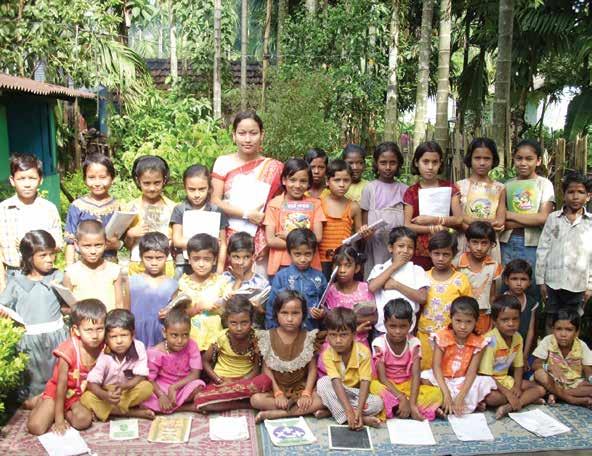
School runs in Chaupal or Under a tree or in Temple or in Village Courtyard or at teacher’s home
awardS and recogniTionS
1. Lala Diwan Chand Award to BLSP from Lala Diwan Chand Trust (2012) 2. Rotary Literacy Hero Award to
BLSP from Rotary Club ( 2016) 3. Excellent Education Provided To
Weaker Section of The Society to BLSP from Ministry of Micro,
Small & Medium Enterprises (MSME) ( 2019) 4. Gandhi Peace Award to Ekal Abhiyan Trust from Ministry of Culture, Government of India for 2017 (26.02.2019)
impacT of ekal Vidyalaya
Woman Empowerment- 72% teachers are female. 22% of whole time volunteers are females. 52% students are girls. • Awareness about Government
Welfare Schemes. • Propagation of RTI. • Awareness about Constitutional • Duties and Rights. Bharat Lok ShikSha PariShad
Every child must get basic education. They further literate their elders. No villager uses thumb impression now.
Motto is “Jagruk Matdata – Shikshit Gaon”. Functional and effective Gram Sabha practice duties and avail privileges of government welfare schemes. All the villagers are taught preventive healthcare and hygiene. Children are given vaccination. Trained Arogya Sevika serves in the village.
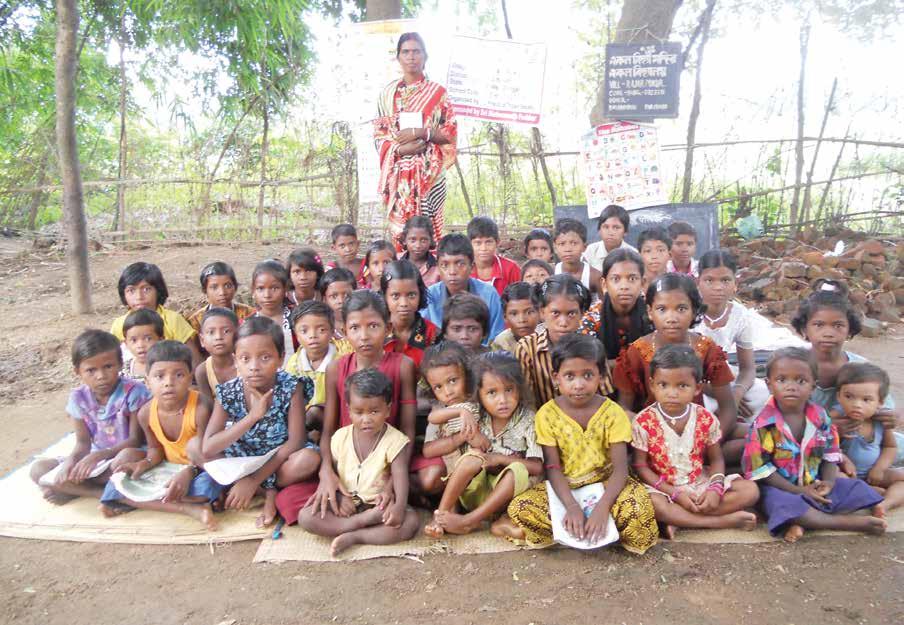
The motto is “Har Hath ko Kam, Har Khet ko Pani”. Encouraging organic farming to provide chemical free food and profitable farming. Reducing migration to cities. Liquor free villages. No Ganjha and Charas to be allowed in the village. Planting Tulsi as symbol of liquor free house.
Social harmony among village community. Eradication of untouchability. Promoting community participation and partnership. n

